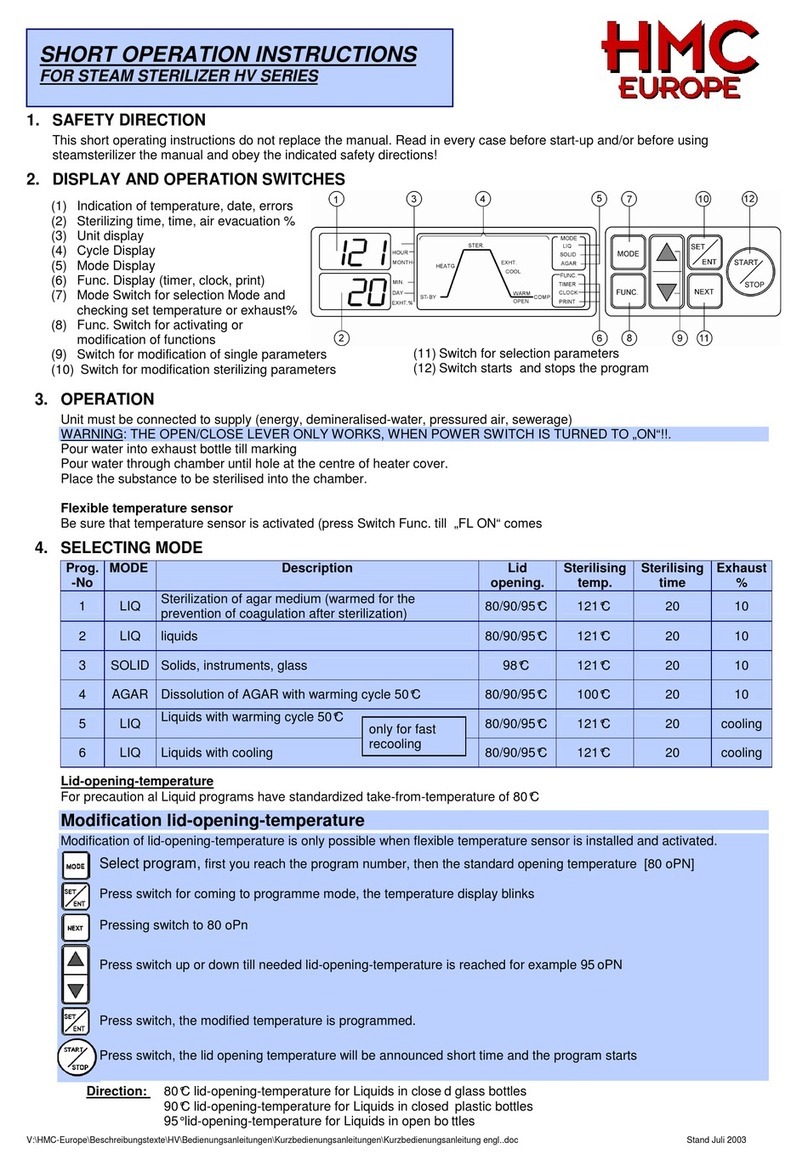HMC HG-50 User manual




















This manual suits for next models
1
Table of contents
Other HMC Laboratory Equipment manuals
Popular Laboratory Equipment manuals by other brands

Harvard Bioscience
Harvard Bioscience DSI Buxco E-cigarette, Vapor, & Tobacco (EVT) Smoke... Application guide
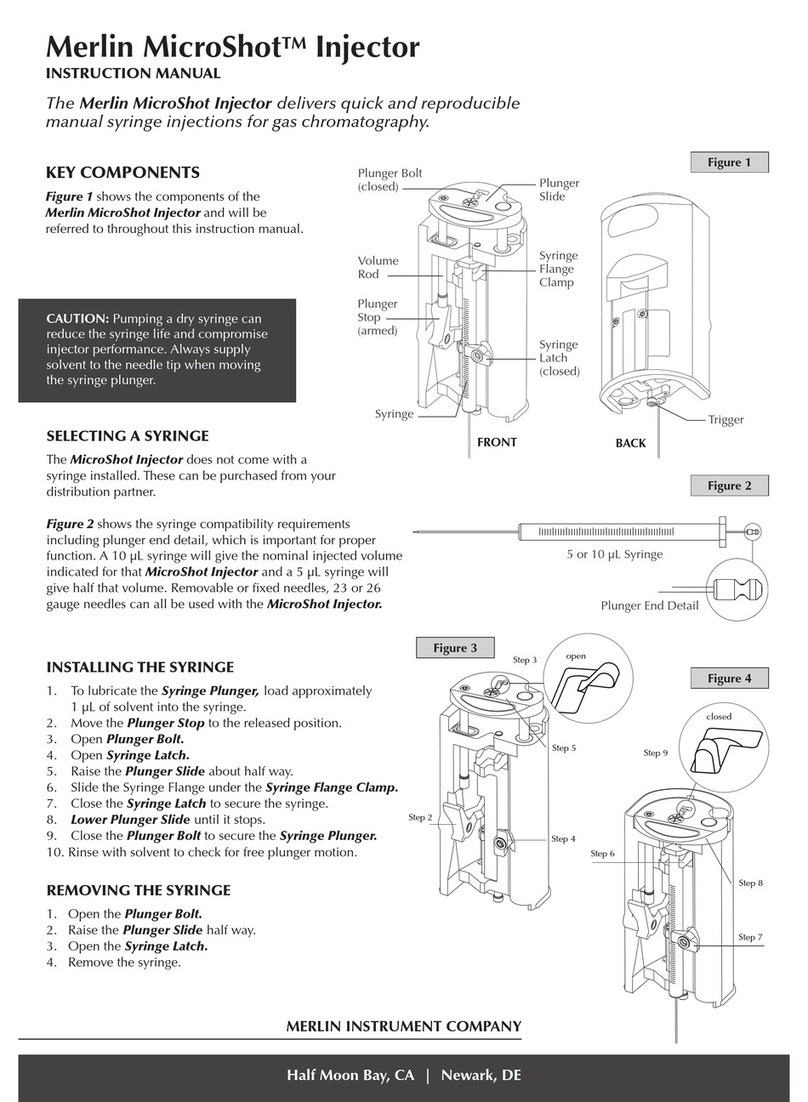
Merlin Instrument Company
Merlin Instrument Company Merlin MicroShot instruction manual
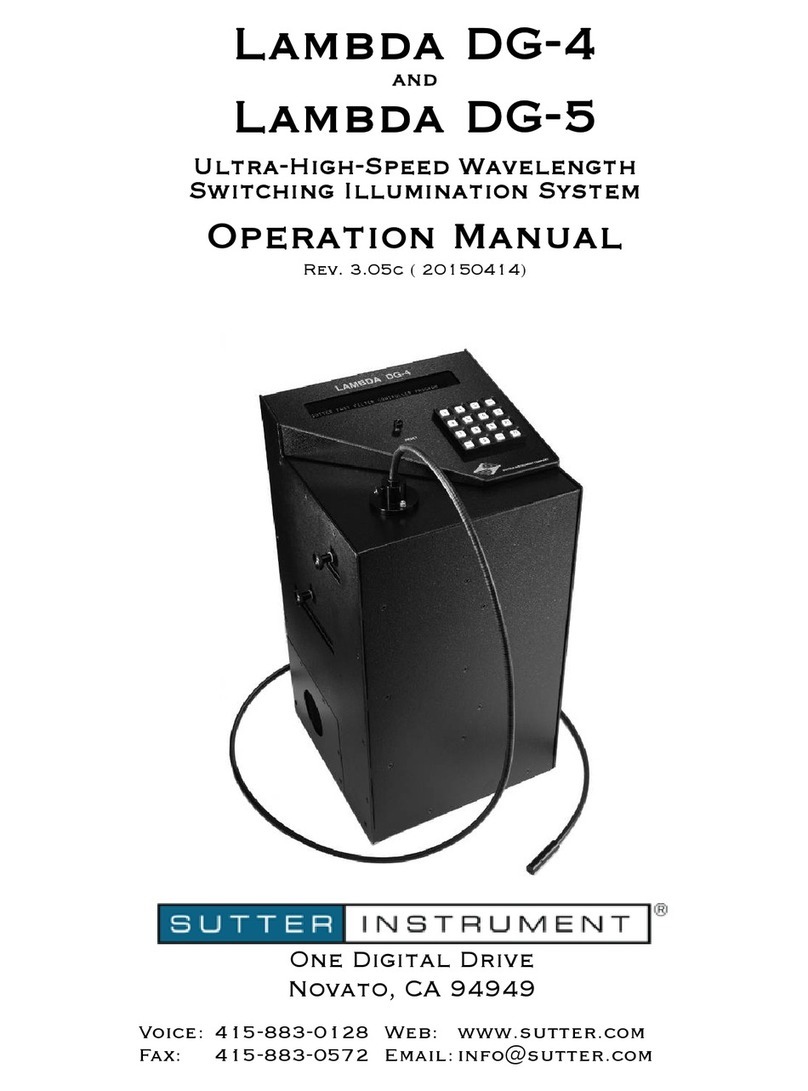
Sutter Instrument
Sutter Instrument Lambda DG-4 Operation manual

Fotric
Fotric 326 Quick start manual
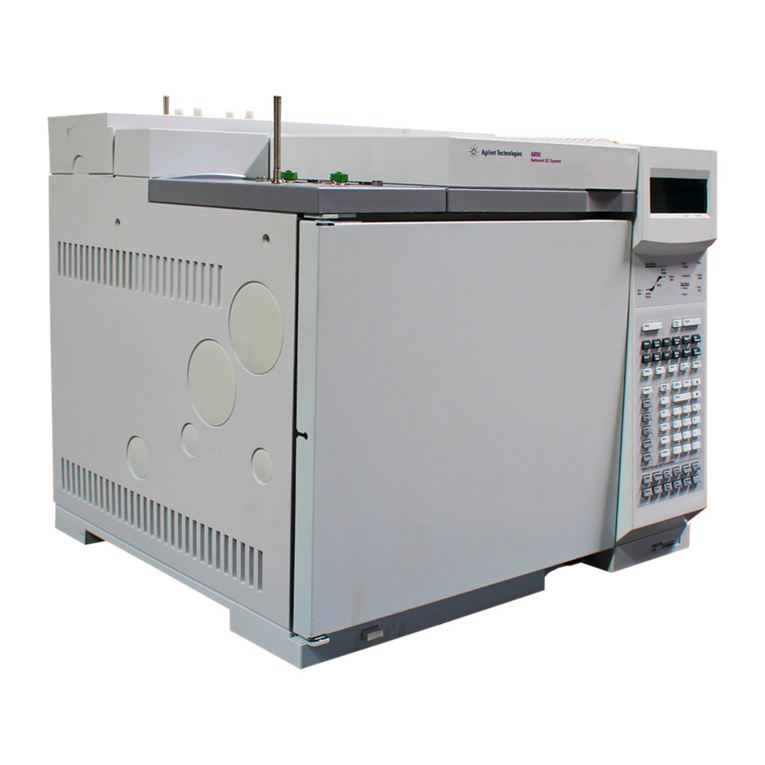
Agilent Technologies
Agilent Technologies 6890 Series Site preparation and installation manual
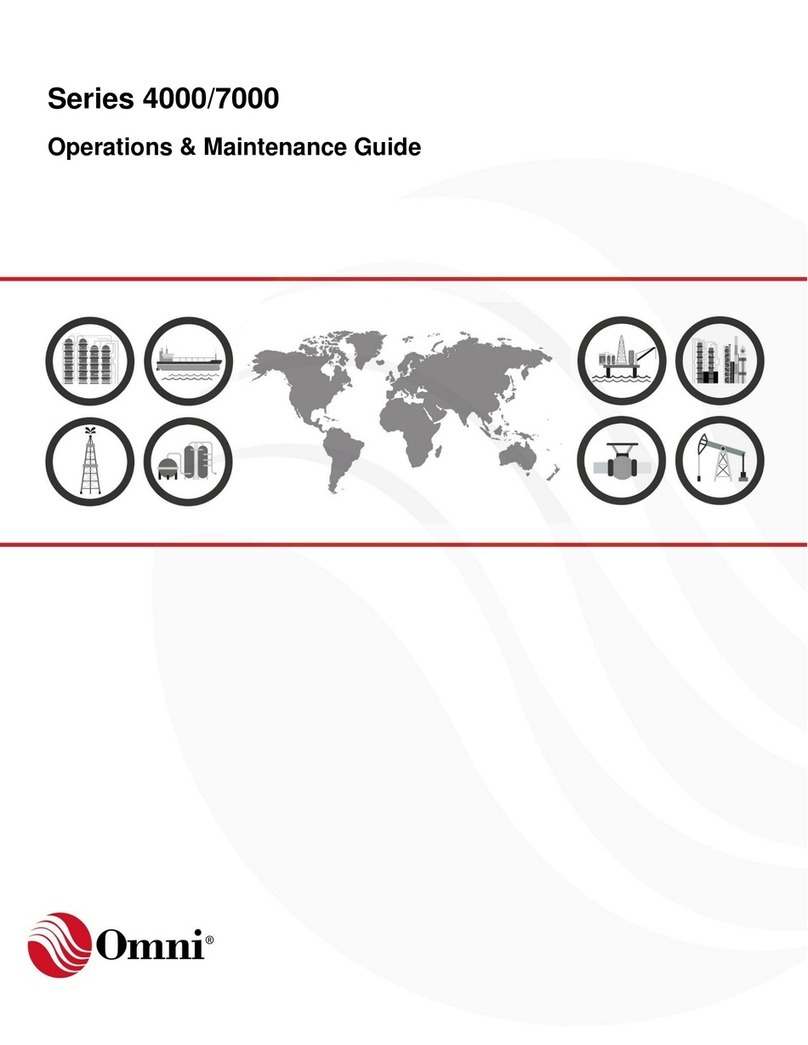
Omni
Omni 4000 Series Operation & maintenance guide

Microscan
Microscan MS-Q quick start guide
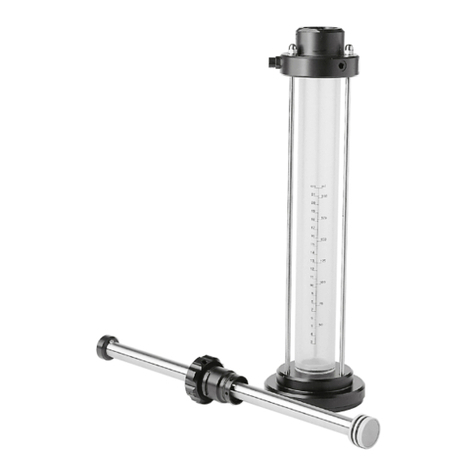
cytiva
cytiva FineLINE Pilot 35 column operating instructions
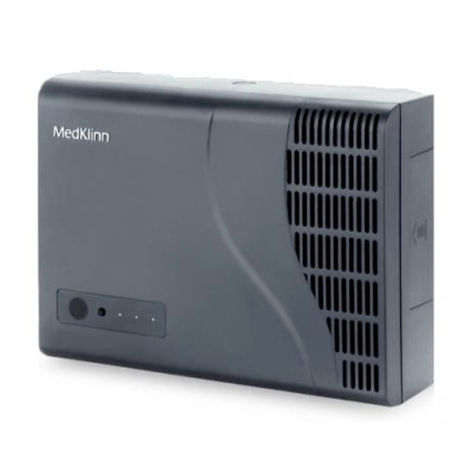
MedKlinn
MedKlinn PRO Series operating manual

Thermo Scientific
Thermo Scientific 88881-003 user manual

Olympus
Olympus SZX-RFL2 instructions
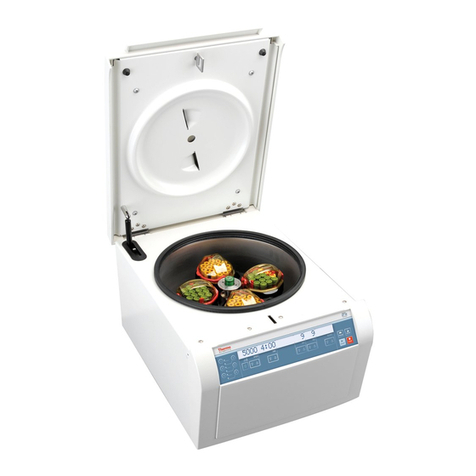
Thermo Scientific
Thermo Scientific Sorvall ST 16 instruction manual
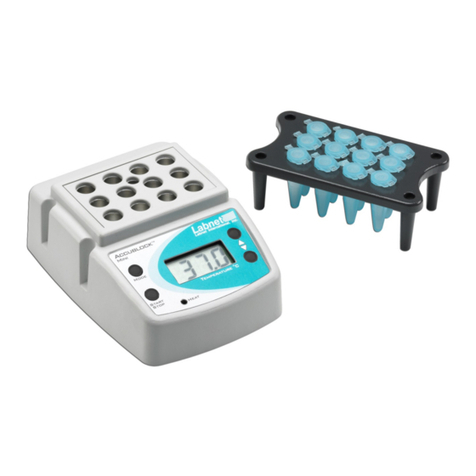
Labnet
Labnet D0100 instruction manual
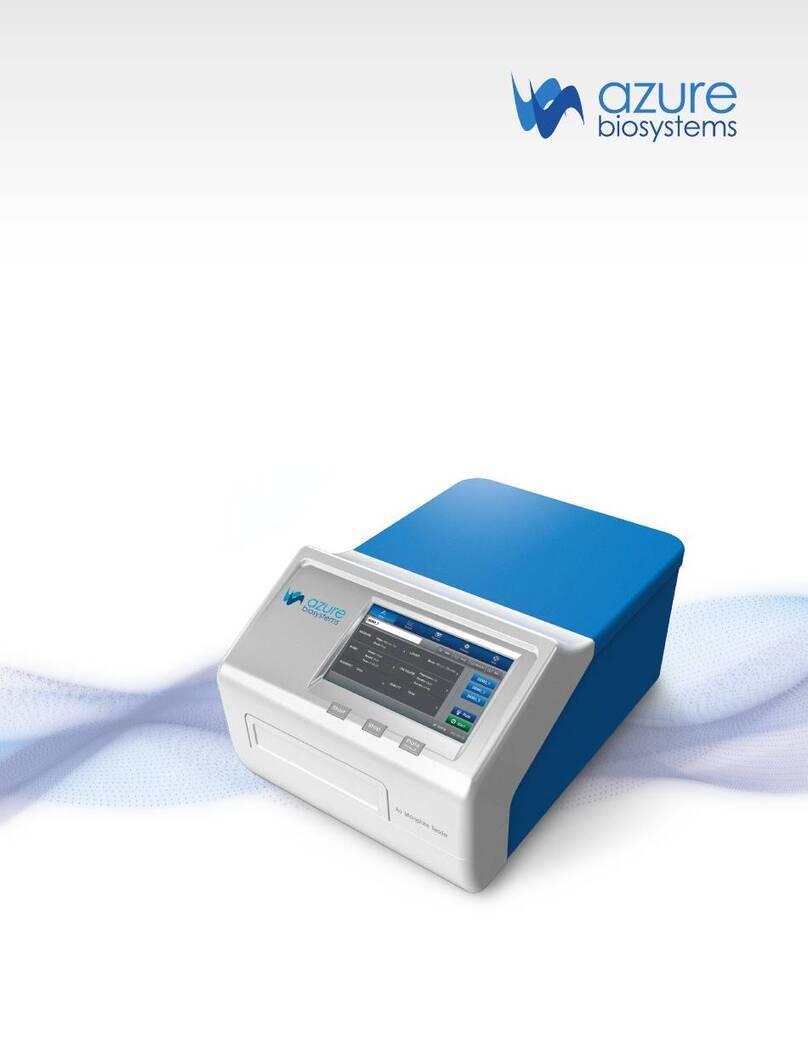
Azure
Azure Ao Absorbance user manual

ThermoFisher Scientific
ThermoFisher Scientific MiniAmp Installation, use and maintenance guide
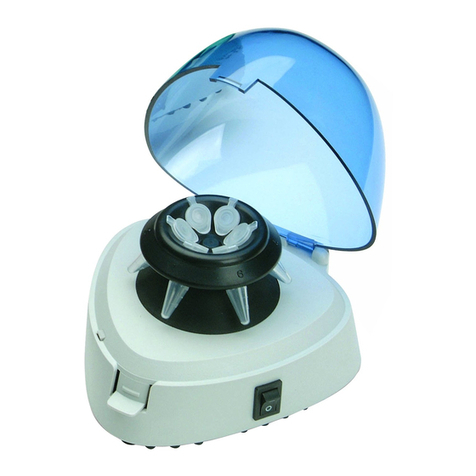
Labnet
Labnet Spectrafuge C1301 operating instructions

Optika Italy
Optika Italy B-60 Series instruction manual
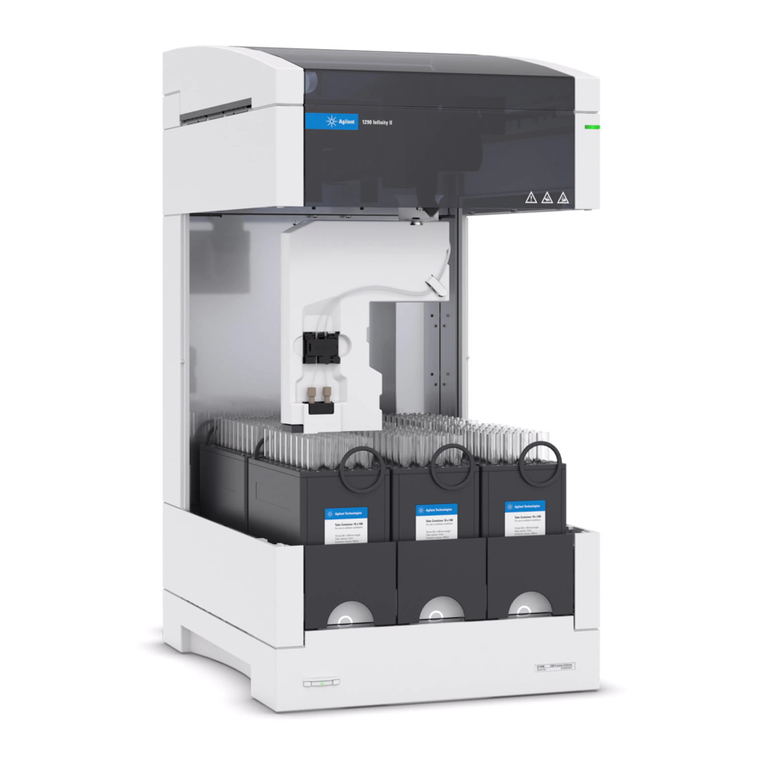
Agilent Technologies
Agilent Technologies InfinityLab LC Series user manual
